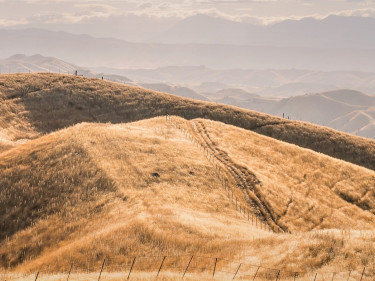If you live in or near a rural area, be Fire Smart and protect your home and property from the threat of rural fire. Rural properties, or those bordering a rural area, could be at risk of damage, or loss, due to the spread of rural fires. Homes that far away from urban areas, could also face a longer response time of rural firefighters and urban first response units.
Urban–Rural Interface
Communities can work together to prepare and protect against fire, by understanding the unique fire risks that exist in a rural, or urban–rural interface.
Properties that are residential, industrial or agricultural, are on the urban–rural interface if they are next to vegetation, whether it is forest, scrubland, or in a rural setting.
Community responsibility to the threat of rural fire
If you live or own property in a rural area, or on the urban–rural interface, you are part of a community that has a responsibility to manage the risk of fires on your property. The community is responsible because there is no single individual, group or agency that is able to manage all the risks associated with rural fires, and the types of fires that could eventuate in this interface setting.
Together, the community can be responsible for assessing hazards, being aware of fire risk, and preparing for fires. The Community includes:
- Homeowners
- Businesses
- Farmers
- Fire and Emergency New Zealand
- Civil Defence Emergency Management
- Community Officials
- Media
- Schools
Community member responsibilities
Homeowners, Businesses and Farmers:
-
Establish and maintain a Fire Smart property.
-
Understand the role of emergency services.
-
Contact Fire and Emergency New Zealand or your council to find out about local fire emergency plans.
-
Understand fire hazards, fire danger information and fire season status.
-
Predetermine whether to stay or to go in an interface fire emergency.
-
Provide rapid response to fires.
-
Promote and carry out fire control measures.
-
Provide information and fire-safety education.
-
Monitor fire danger and the fire environment.
-
Inform the public.














